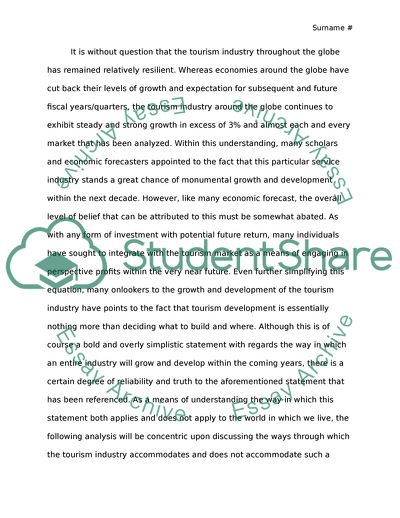Cite this document
(A Review of a Dynamic and Changing Industry Report, n.d.)
A Review of a Dynamic and Changing Industry Report. https://studentshare.org/tourism/1837114-hospitality-operation
A Review of a Dynamic and Changing Industry Report. https://studentshare.org/tourism/1837114-hospitality-operation
(A Review of a Dynamic and Changing Industry Report)
A Review of a Dynamic and Changing Industry Report. https://studentshare.org/tourism/1837114-hospitality-operation.
A Review of a Dynamic and Changing Industry Report. https://studentshare.org/tourism/1837114-hospitality-operation.
“A Review of a Dynamic and Changing Industry Report”. https://studentshare.org/tourism/1837114-hospitality-operation.


